Review and use of restraint harnesses
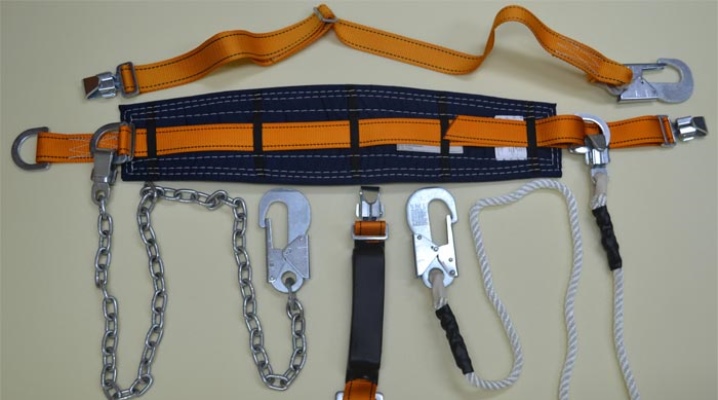
To ensure the safety of life and health during the performance of high-altitude work, restraining harnesses are very often used. They are made in a certain way in order to maximize the safety of a person in the event of an unintentional fall. It is very important to put on the harness correctly before using it.
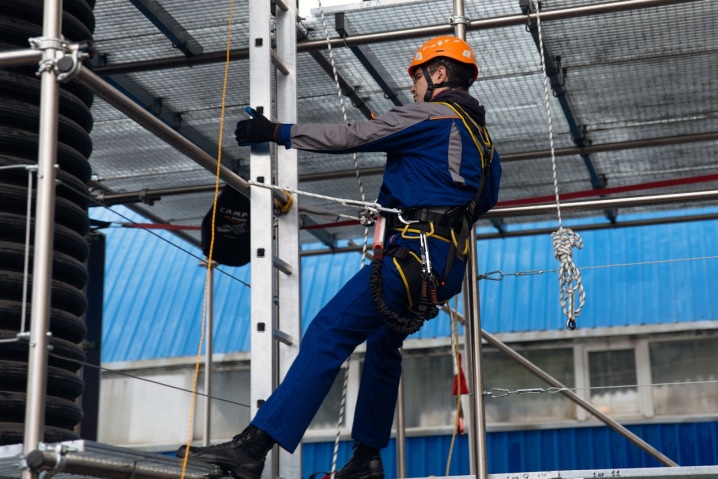
Features and requirements
If, during the performance of his professional duties, a person is from the ground at a distance of more than 2 meters, then such work has already been classified as high-rise.
In such cases, experts recommend using a special insurance called a harness.

It is imperative to wear insurance in such cases as:
- performance of high-rise works at construction sites;
- repair and installation of power lines;
- roofing works on buildings and structures of different heights.
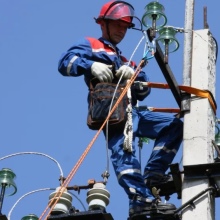
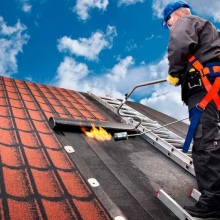
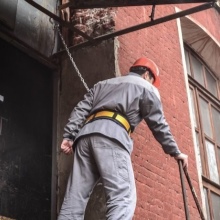
The essence of safety equipment is to prevent a person from falling, or at least to minimize its negative consequences. Regardless of the type, the safety structure always consists of several elements: shoulder straps, back rods, adjustment buckle.
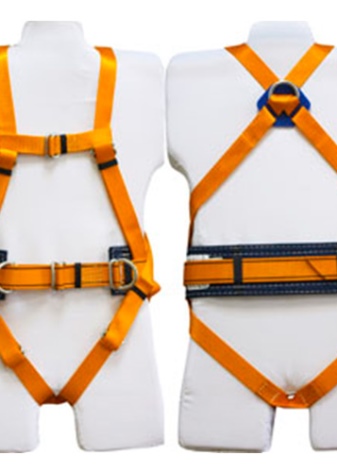
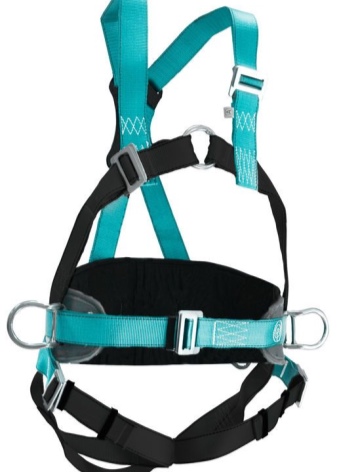
The buckle should be given special attention as it is a very important component. They, in turn, are divided into several varieties according to the subject of regulation:
- dorsal point height;
- sash width;
- leg loops.
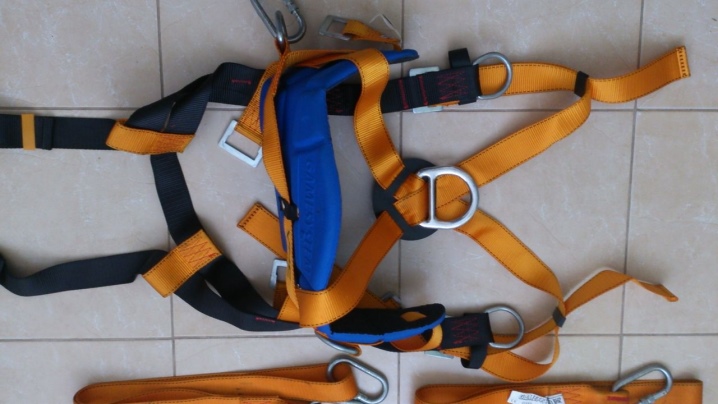
Since the safety of human life and health directly depends on this accessory, it must be chosen carefully. The binding is good if it meets a number of parameters.
- The material from which the cables are made must be durable. In any case, such straps must be able to withstand the weight of a person. Experts recommend opting for polyamide systems, since they have proven themselves well in practice.
- The harness should not be overly heavy.
- It is recommended to choose reliable systems that are easy to operate.
- A sash should not only support the back, but also reduce the load on this part of the body.
- The shoulder straps should be at an optimal distance from each other. This is to prevent neck injuries in the event of a fall.
- All parameters and materials of this device must necessarily comply with the established standards of GOST.

The design should be such that the person wearing it does not experience any discomfort even during long-term work. Fatigue and inconvenience in such a matter in themselves can become provocateurs of an unintentional fall from a height.
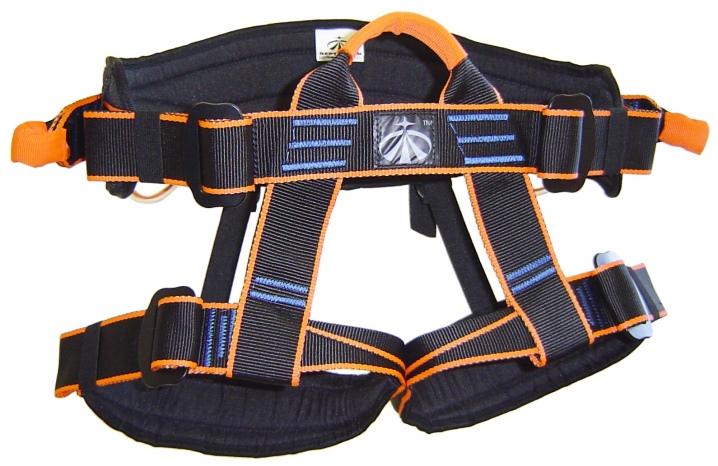
What are they?
Bindings to each other are divided into several types.
- Strapless and strap... The latter have shoulder and hip straps, as well as a safety belt. It is these details that protect a person from falling. This design is used for both holding and belaying. Strapless harnesses can only be used for belaying. The main element of such a harness is a safety belt.
- Restraining leash - are to restrict the movement of the employee. Such structures must necessarily comply with the requirements of GOST R EN 358.
- Safety harnesses do not protect against falling, but significantly reduce the negative consequences of what happened. Such designs comply with GOST R EN 361.
A separate category is harnesses used by a person in a seated position. They are often used when working on poles or trees. The quality requirements for such structures are clearly spelled out in GOST R EN 813.
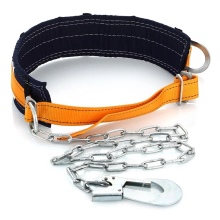
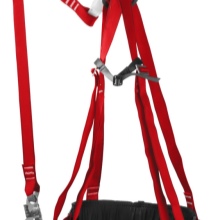
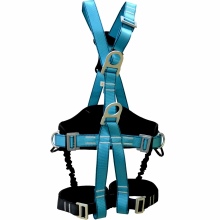
Instructions for use
Insurance manufacturers must attach detailed information to each product. instruction by application. But certain rules are general.
- Before putting on the leash, it must be visually inspected for damage. Moreover, this must be done every time, regardless of whether a new device or already used one.
- Then you can put on the leash. The first step is to adjust the leg straps.
- Next, the height of the dorsal point is adjusted.
- With the help of special carabiners, you need to adjust the shoulder straps and belt.
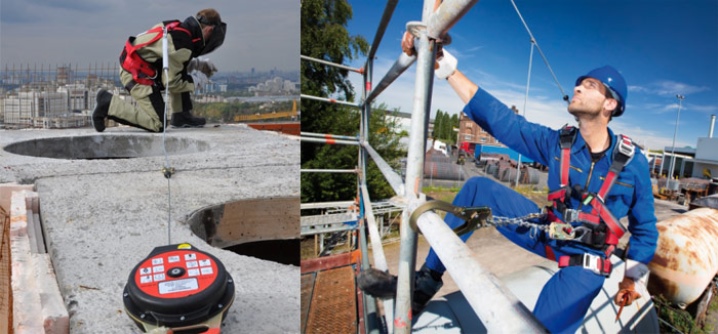
It is very important to test the device at low altitude before using it directly. You should also pay attention to the manufacturer's recommendations regarding the temperature regime at which this or that device can be used.

After finishing work at a height, the leash must be removed, but in the reverse order. TO storage such devices also apply a number of requirements. It is necessary to exclude any mechanical effect on the leash. You can not keep it next to chemical compounds. They can cause gradual destruction of some structural components. If you follow all the requirements, then the leash will last more than one year.
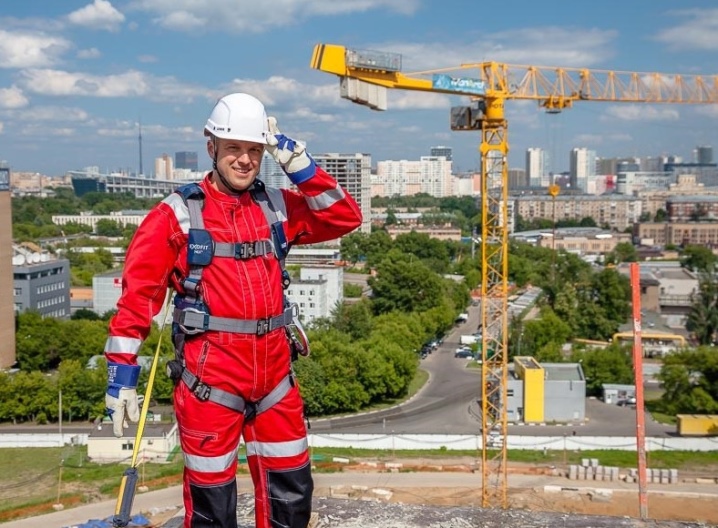
In the next video, you will learn how to properly put on the restraint harness.












The comment was sent successfully.